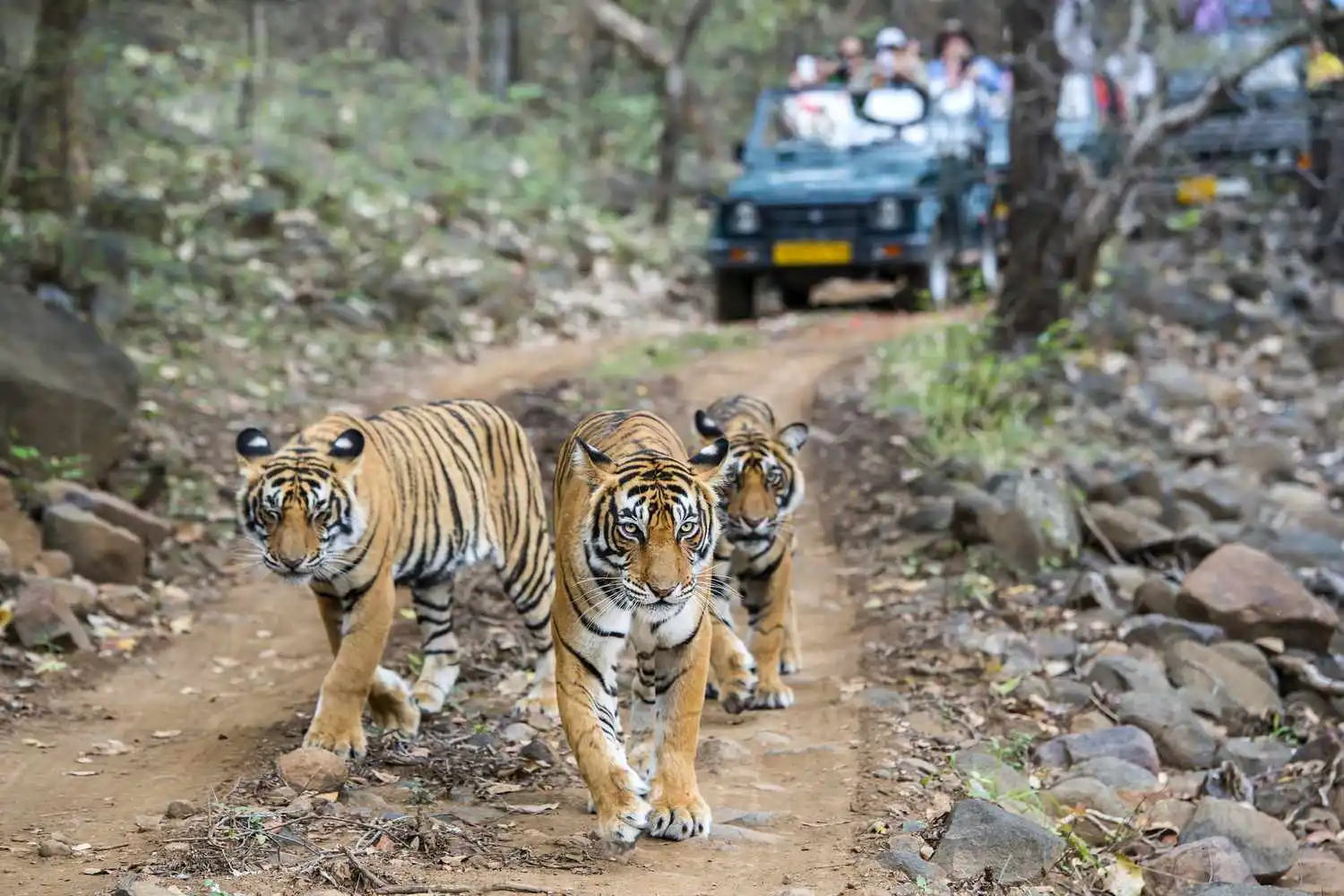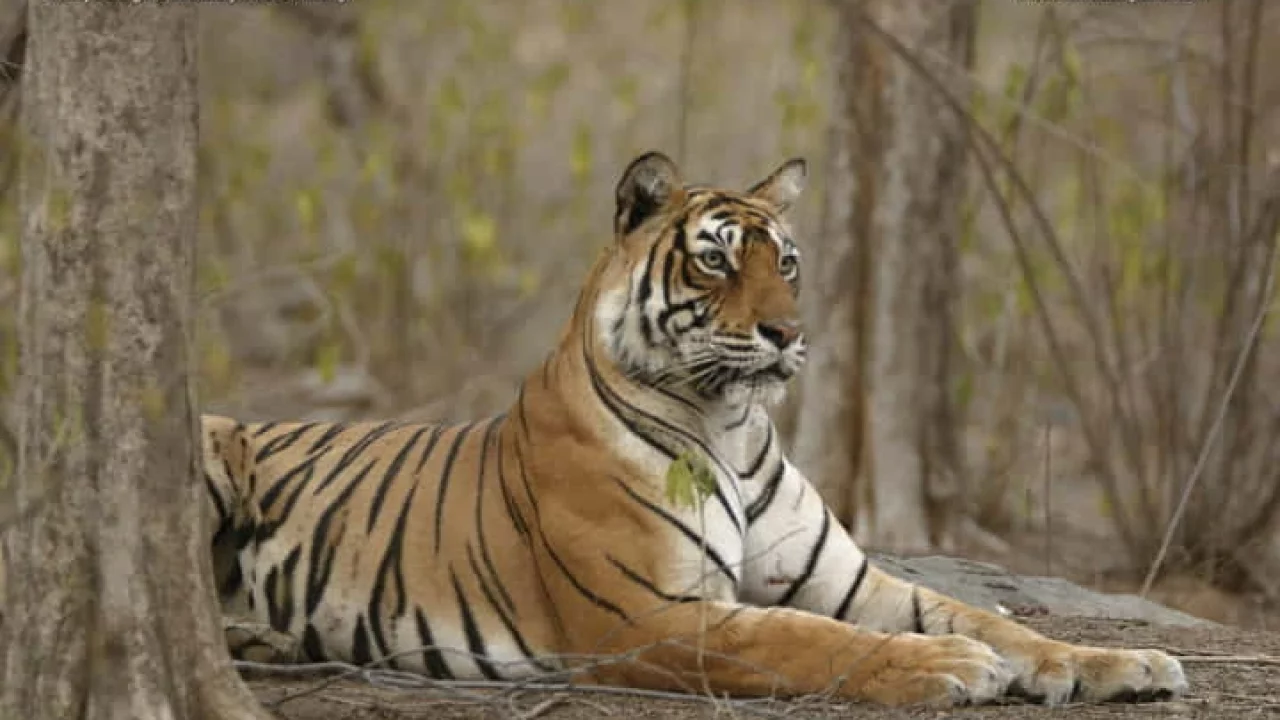When it comes to Jim Corbett National Park, Dhikala remains my favorite zone. Its charm is not just in the picturesque beauty but also in the deep connections forged over the years—be it with the dining staff, room attendants, guides, or drivers. Every visit feels like a homecoming, and my quarterly trips to Dhikala are something I eagerly anticipate.
It was the 24th of February when I left New Delhi, arriving at Dhikala just in time for lunch. After settling in, we geared up for the afternoon safari at 2 PM. Our journey began with a drive down the iconic Sambhar road, a favored haunt for three resident tigresses: Chua Pani, Paro, and the Grassland female. Each has contributed to making this stretch a tiger hotspot, where territorial boundaries frequently overlap, creating a scenario reminiscent of zones like Baba Thenga in Kanha or Magadhi in Bandhavgarh.

Exploring Kamarpatta Road
With no tiger activity on Sambhar road, we shifted to Kamarpatta road, a serene stretch of Sal forest that resonates deeply with me. Though sightings here are rare, the tranquility of this place is unparalleled. The towering Sal trees seem to communicate their timeless stories, offering a meditative retreat for those who pause to listen.
Descending from Mota Saal, we paused at a junction where we spotted a lone tusker enjoying a peaceful bath in the Ramganga river. Nearby, a herd of elephants grazed contentedly, but this solitary tusker seemed to embody the calm I often feel in Corbett. The picturesque backdrop of scattered clouds added to the scene’s allure.
The Encounter with Paarwali

Later, we returned to Sambhar road, where a canter vehicle ahead of us slowed down, signaling something extraordinary. Our guide excitedly whispered, “Tiger!” Ahead of the vehicle was the majestic Paarwali Tigress, marking her territory. She walked confidently, intermittently sniffing and spray-marking trees to assert her dominance. This act, a vital behavior for territorial tigers, ensures other tigers recognize her presence and respect her domain.
Paarwali’s calm demeanor was striking as she carried out her routine, unbothered by the tourists observing her. This nonchalance could be attributed to her cubs, now over a year old and independent enough to reduce her maternal anxieties. Paarwali’s dedication to her young, coupled with her resilience despite the challenges of raising cubs in a territory frequented by leopards and rival tigers, is a testament to the strength of this regal species.
Reflections and Anticipation

As the sun dipped below the horizon, we returned to the Dhikala campus, content with the day’s sightings. The possibility of encountering Paarwali with her cubs the following day filled me with excitement. This anticipation, coupled with memories of the tigress marking her territory, lingered as I drifted into dreams of tigers that night—a phenomenon familiar to anyone who has experienced such breathtaking wildlife encounters.
Beyond Corbett: Kanha and Bandhavgarh
For those inspired by the magic of Corbett, I highly recommend exploring Kanha and Bandhavgarh National Parks. Together with Corbett, these parks offer unparalleled tiger sightings and wildlife experiences, creating memories to cherish for a lifetime.
For a deeper dive into his observations and learnings from tigers, explore Sharad’s book on leadership and management, available on Amazon.

